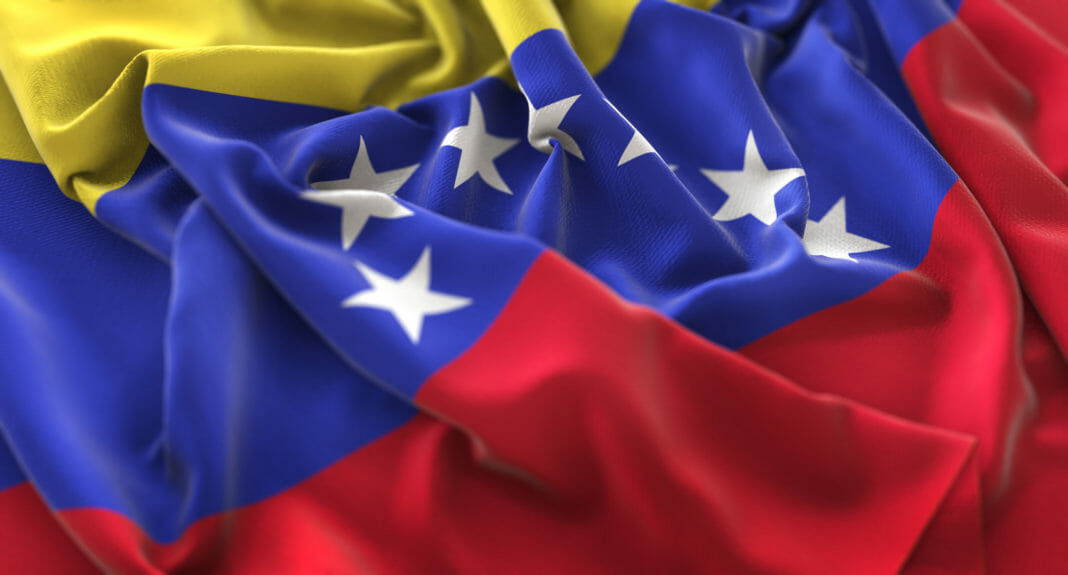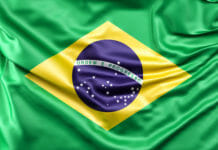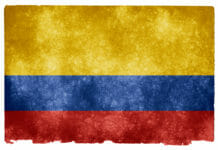The Central Bank of Venezuela has applied what is known as a dirty floating policy where it intervenes in the exchange market. Throughout 2023, it has increased the monetary mass, making it go from 22 billion in January to 46 billion in July.
In the last 7 years, inflation has been one of the great topics of interest in Venezuela. Between 2017 and 2021, there was hyperinflation that became one of the longest in history. Surprisingly, this stopped in 2022 due to a series of maneuvers applied by the Central Bank and the government.
After 4 years of hyperinflation, in November 2021 a unique event occurred in the recent history of Venezuela, inflation stopped. For that month, the Central Bank reported monthly inflation of 6% and year-on-year inflation of 769%. This concluded 4 years of hyperinflation in the country.
However, with the beginning of the second half of 2022, reality returned. First, the bolivar suffers a devaluation in September, taking it to 11 bolivars per dollar. Meanwhile, inflation was picking up speed again, rising from October to reach 37.2% by December.
According to reports from the Central Bank, in January this year, inflation reached 39% and the dollar was devalued by 35%, making the dollar cost 17 bolivars.
A Structural Problem of the Central Bank of Venezuela in Stopping Inflation
While it is true that Venezuela had an economic improvement between 2021 and 2022. However, what really happened is that the local economy took a breather. Informal dollarization allowed Venezuelans to find refuge for their income and for it to increase due to the widespread use of the dollar.
The economy, though, continued to have a problem since, as will be remembered, under Maduro’s regime, Venezuela’s GDP contracted by 90%. Therefore, a 15% increase is not a real improvement for the economy.
Furthermore, with basic services in ruins, outside the international financial market and with PDVSA, the state oil company, having poor production results, the production of wealth in Venezuela remains limited. This creates a perfect context for slow improvement, but if a series of bad monetary policies applied by the Central Bank also arise, everything gets worse.
The Three Failed Monetary Policies of the Central Bank of Venezuela to Stop Inflation
Since 2021, the Central Bank has applied 3 policies. On the one hand, the Central Bank is in charge of controlling the exchange rate by injecting reserves into the market. On the other hand, the Central Bank controls the deficit through monetary issuance that raises monetary liquidity to worrying levels.
In the midst of all this, credit is restricted, reducing investment and consumption, but a fundamental fact also occurs: the bolivar has lost its function of being a store of value.
After years of inflation and devaluation, the bolivar has become an asset despised by Venezuelans. For this reason, every time economic agents receive payments in bolivars, they go to the exchange market to take refuge in the dollar.
The monetary mass is skyrocketing, the Central Bank is constantly burning reserves. The government continues to have a large fiscal deficit that is maintained with issuance and the bolivar does not stop depreciating, generating more monetary mass every time agents go to the exchange market. All this opens the door to the return of inflation.
A year ahead of presidential elections and with a negotiation process with the United States, Venezuela is approaching a key moment for its economic aspirations. It remains to be seen what happens with these negotiations.
By Audy Castaneda











